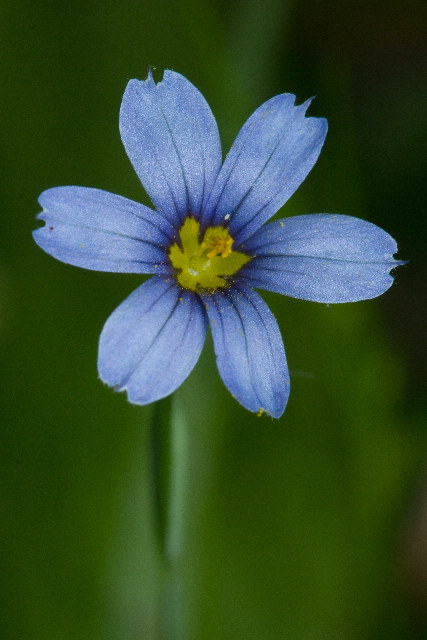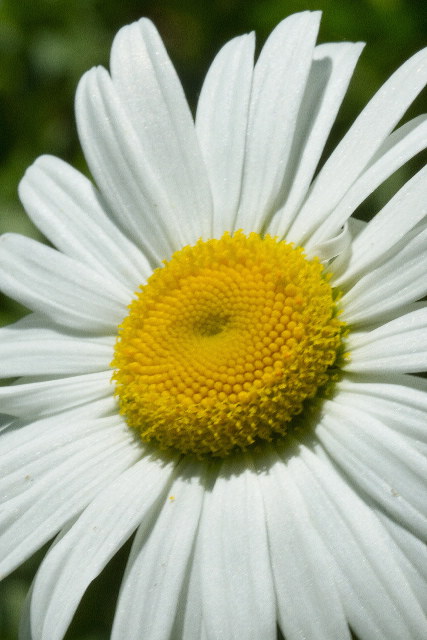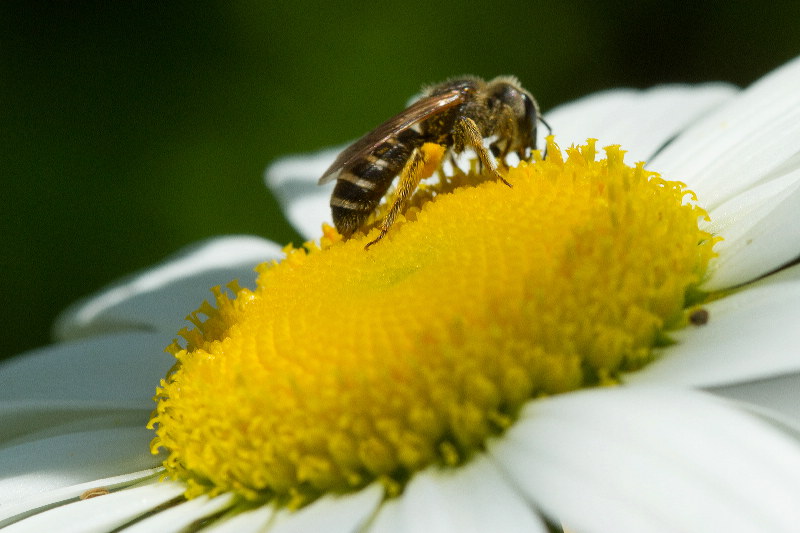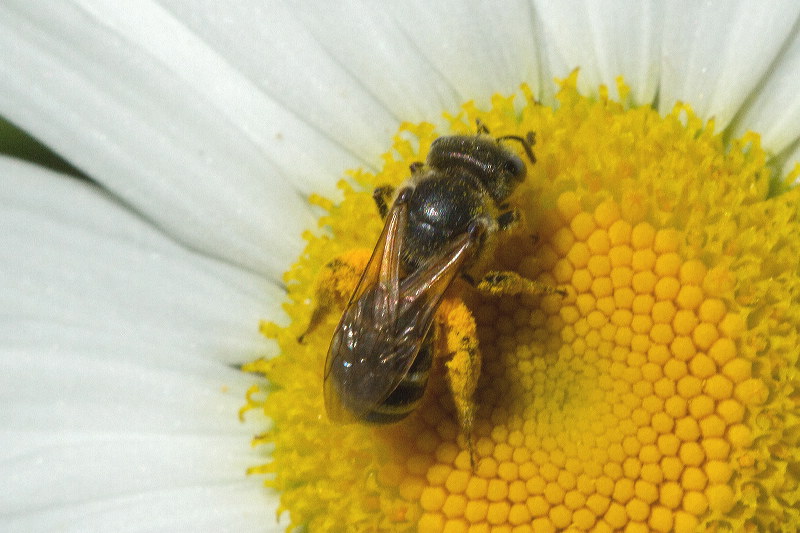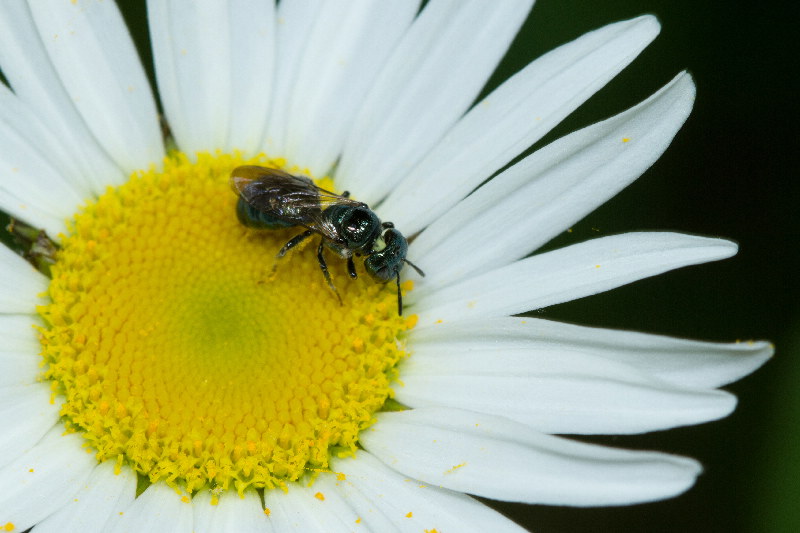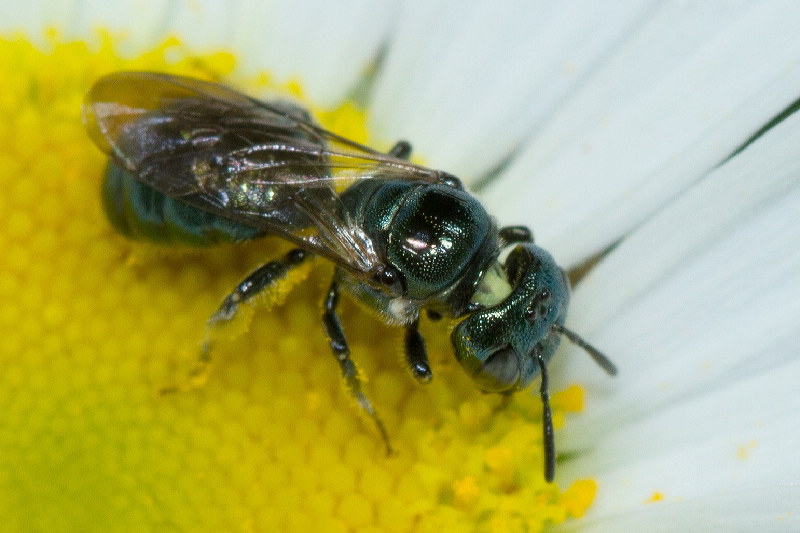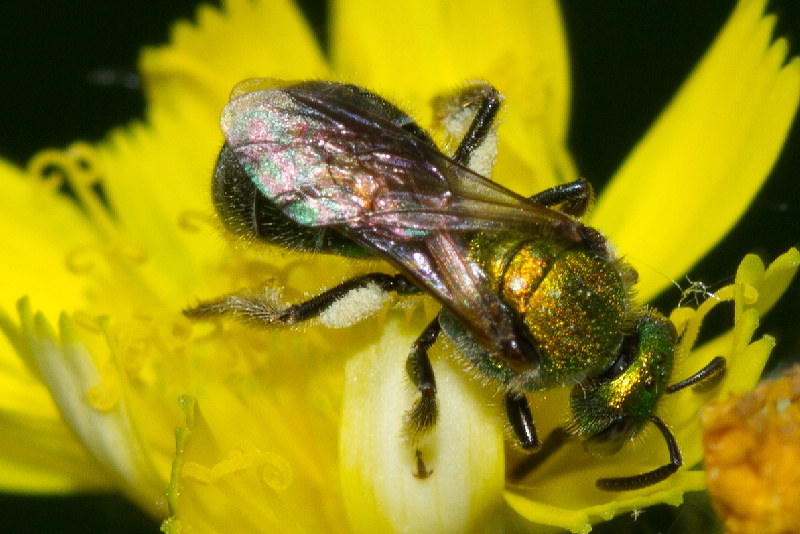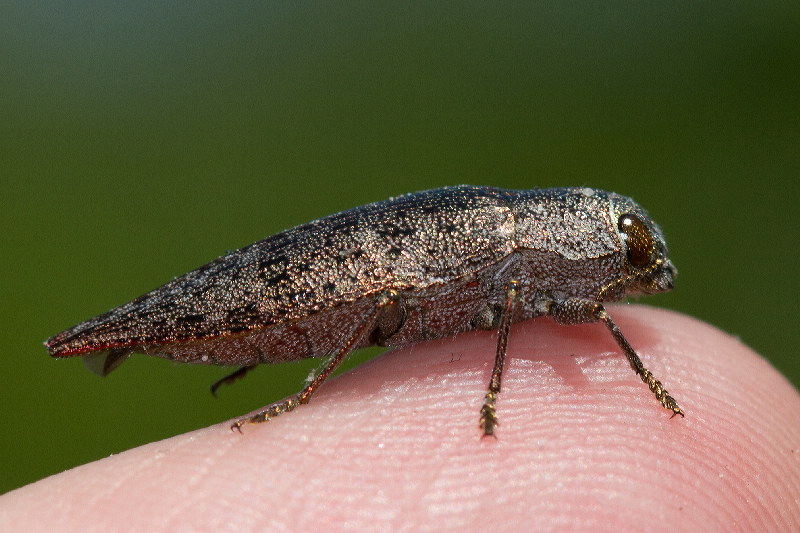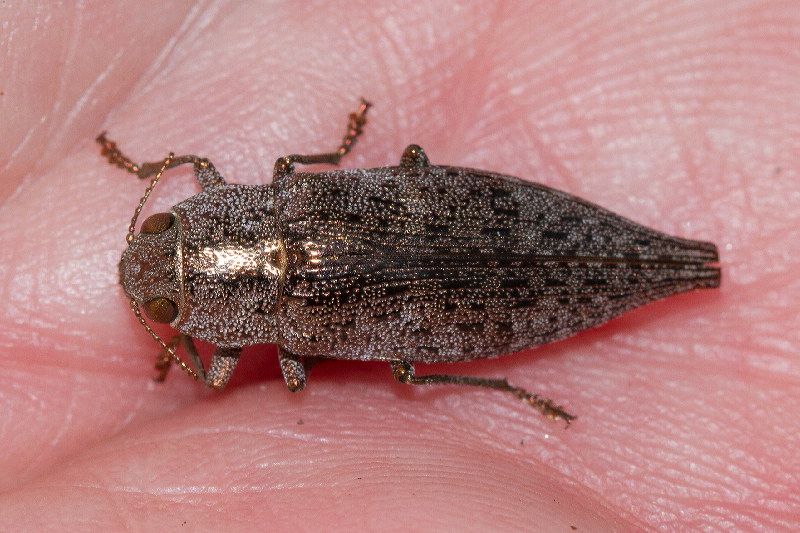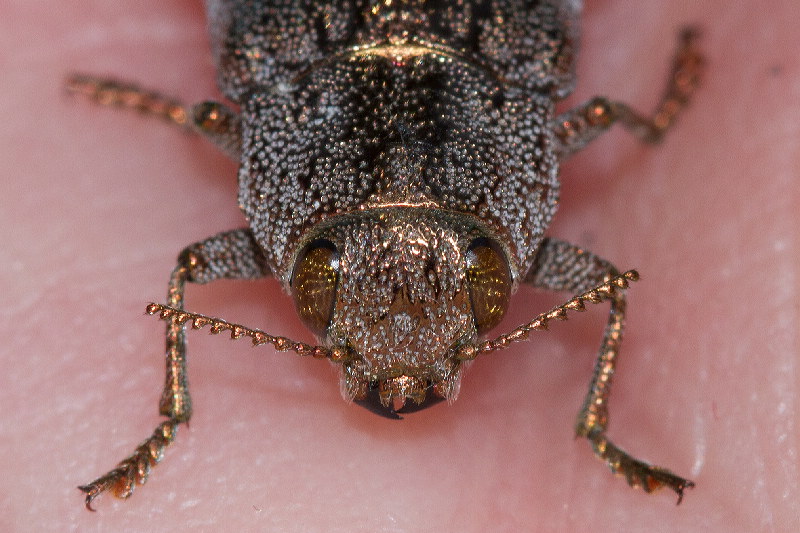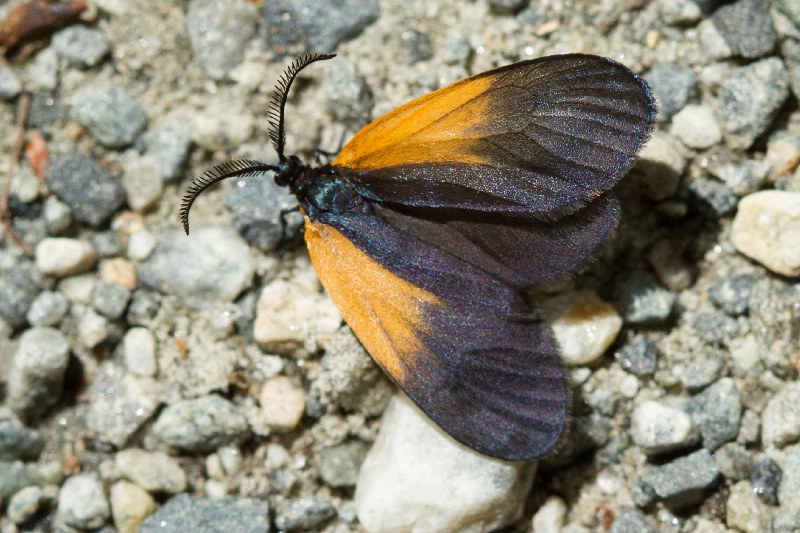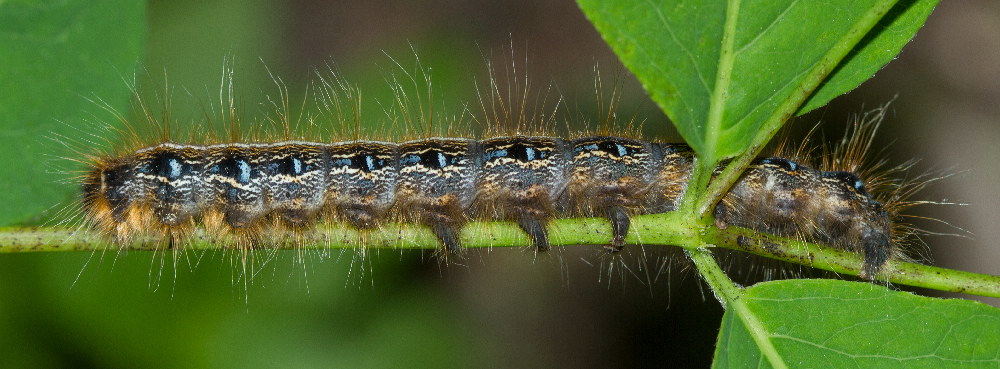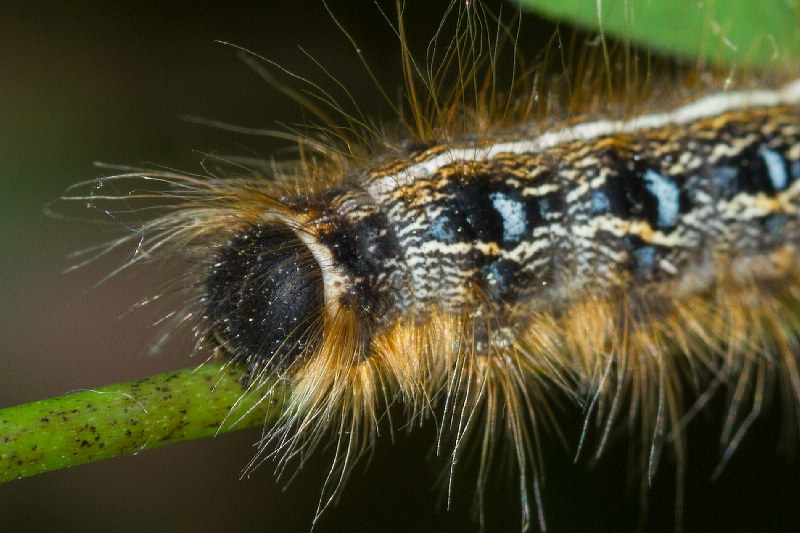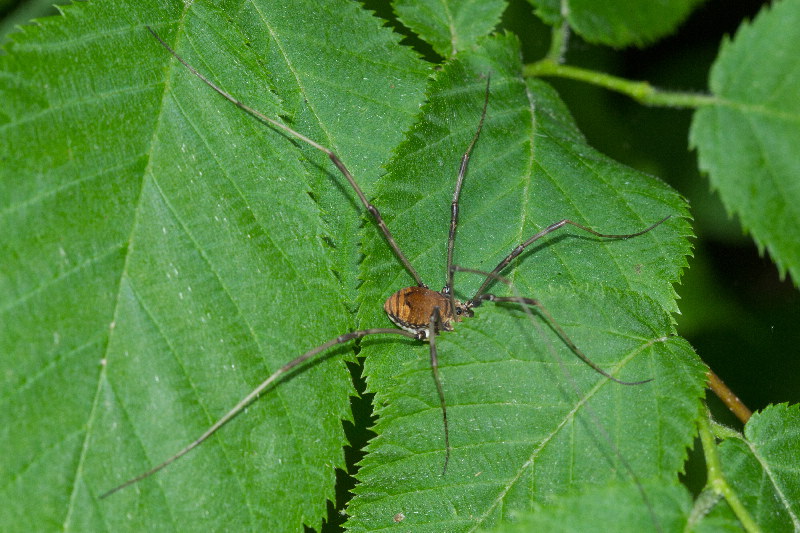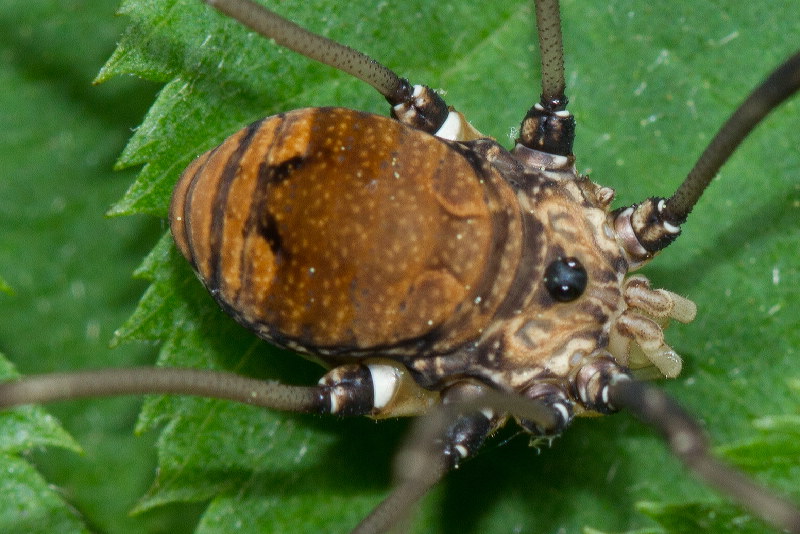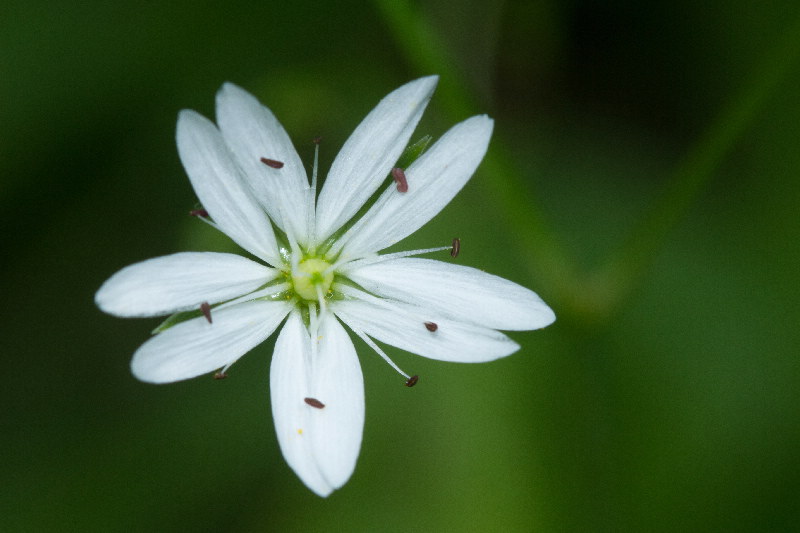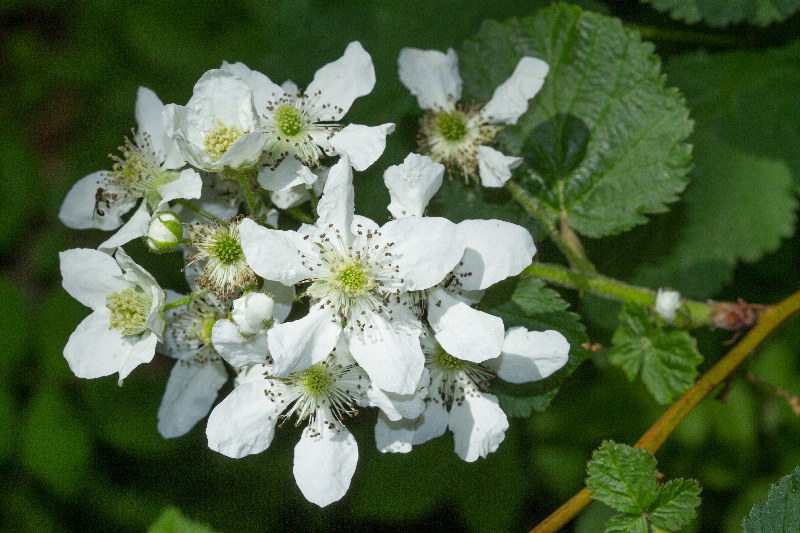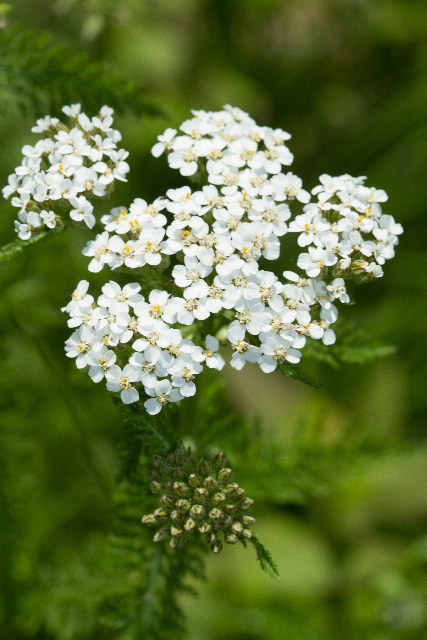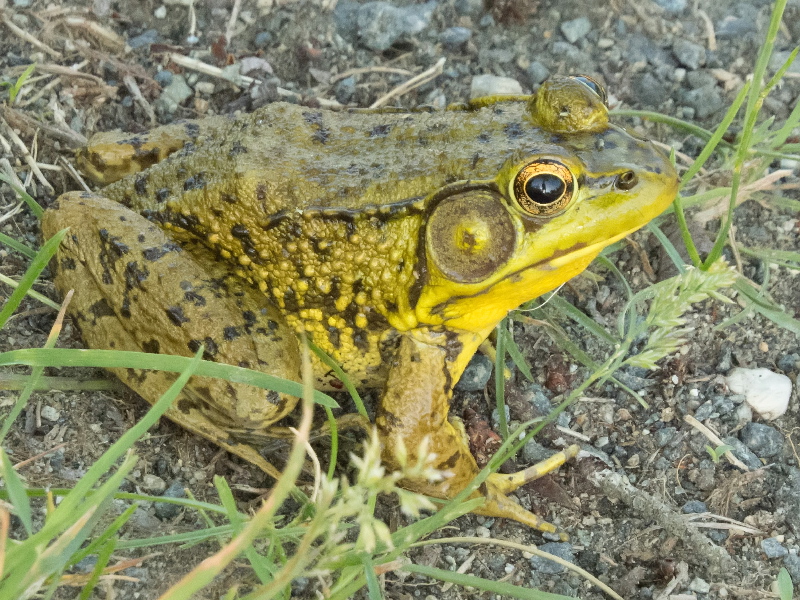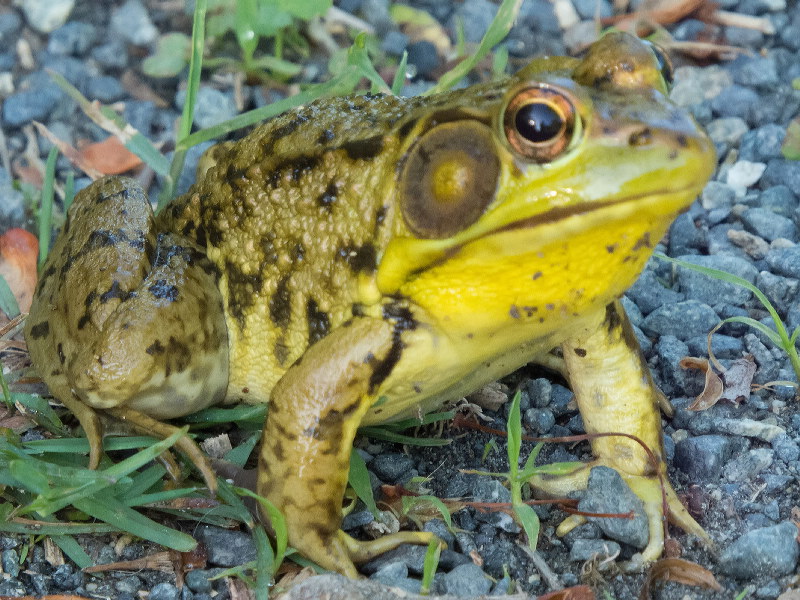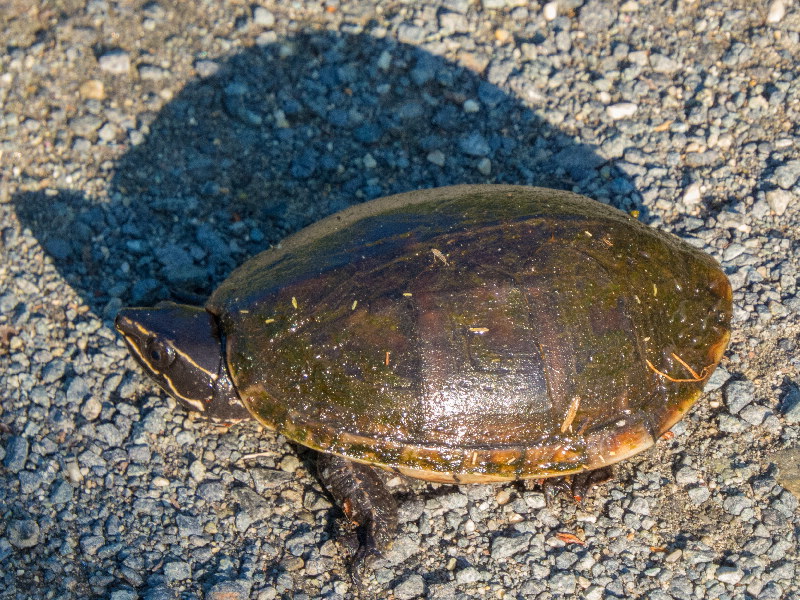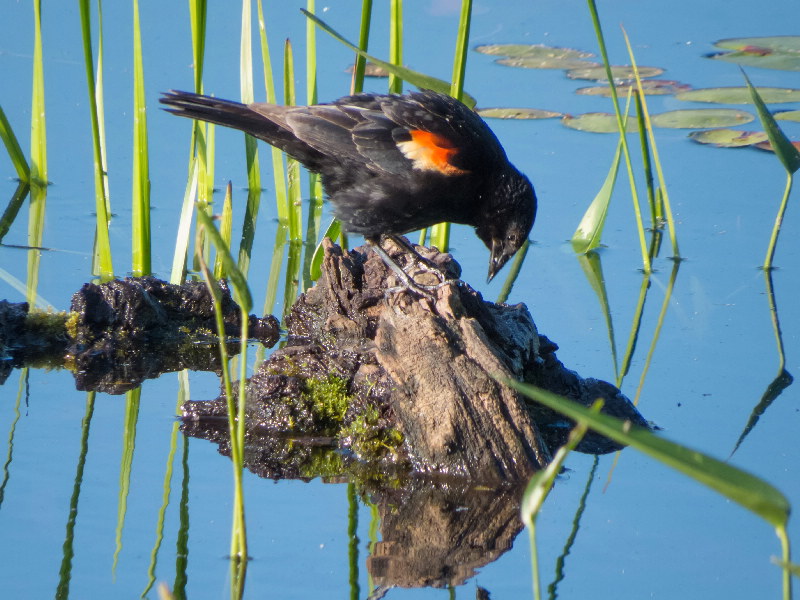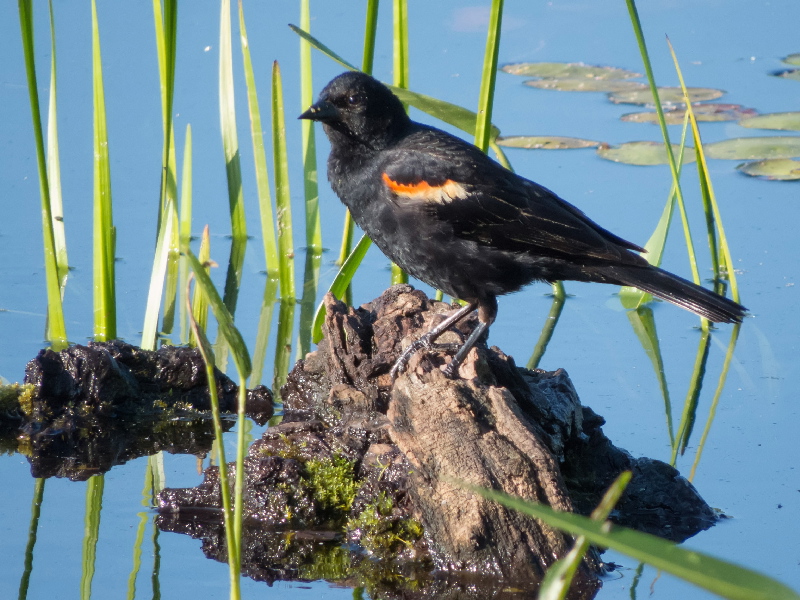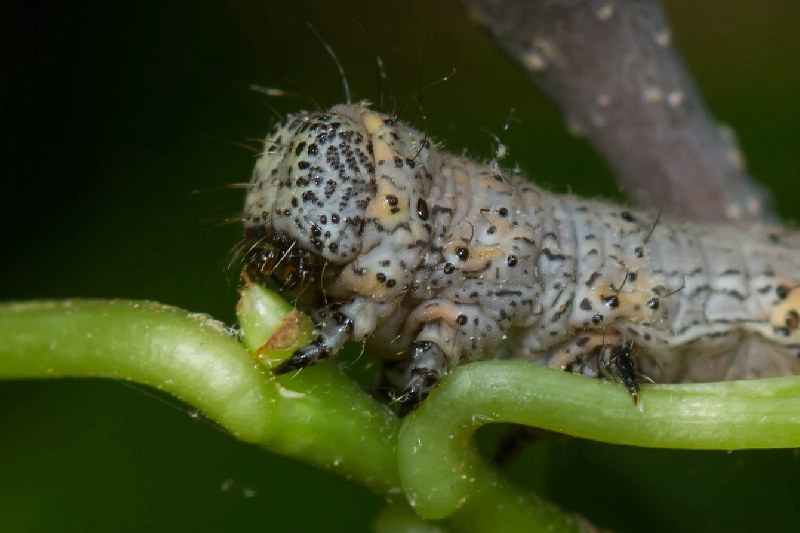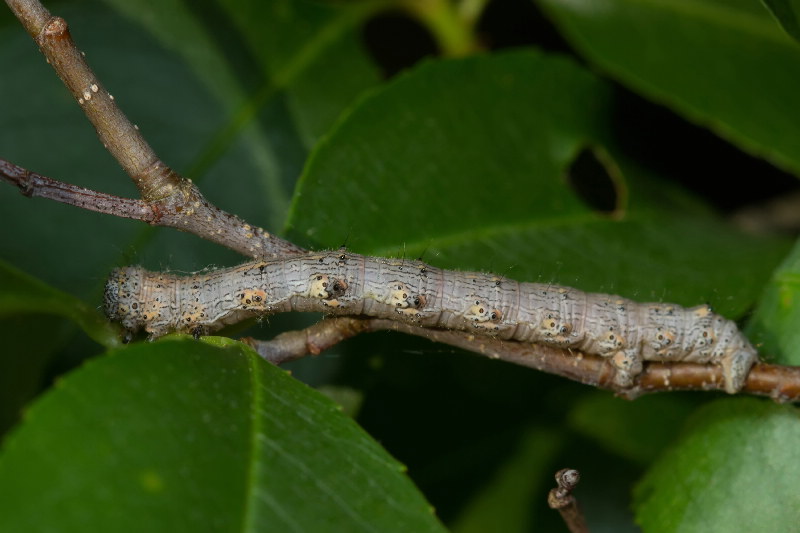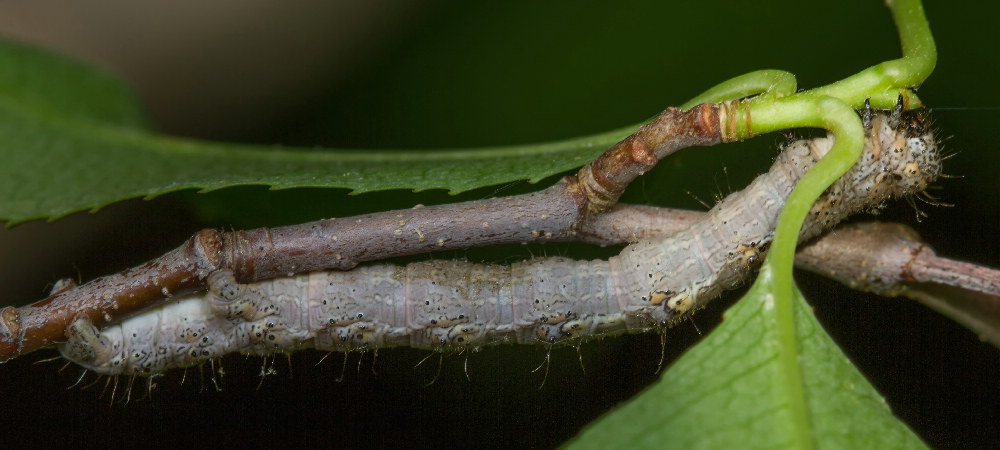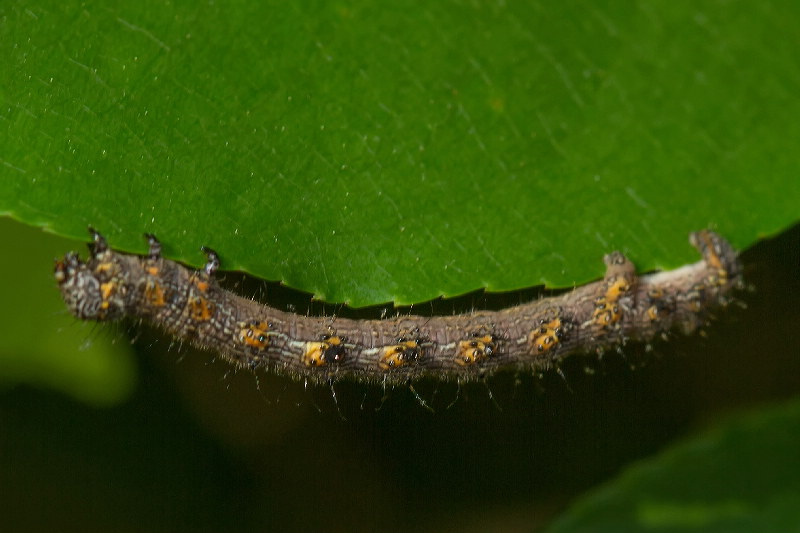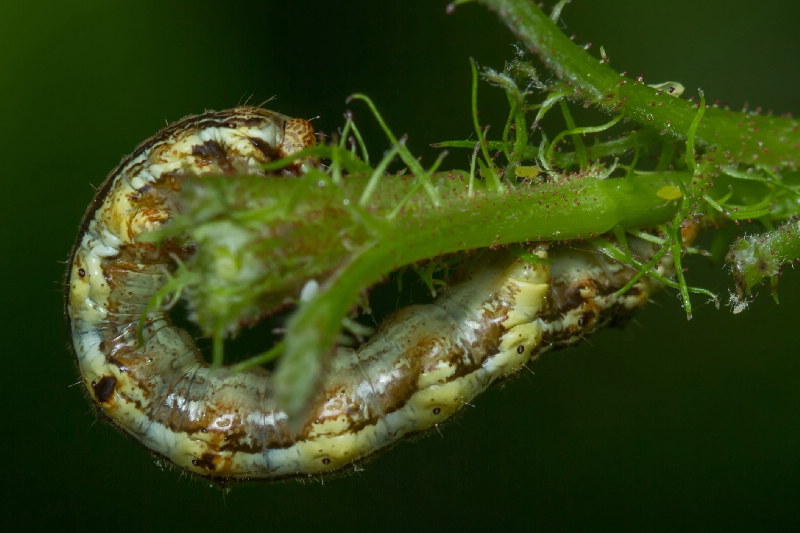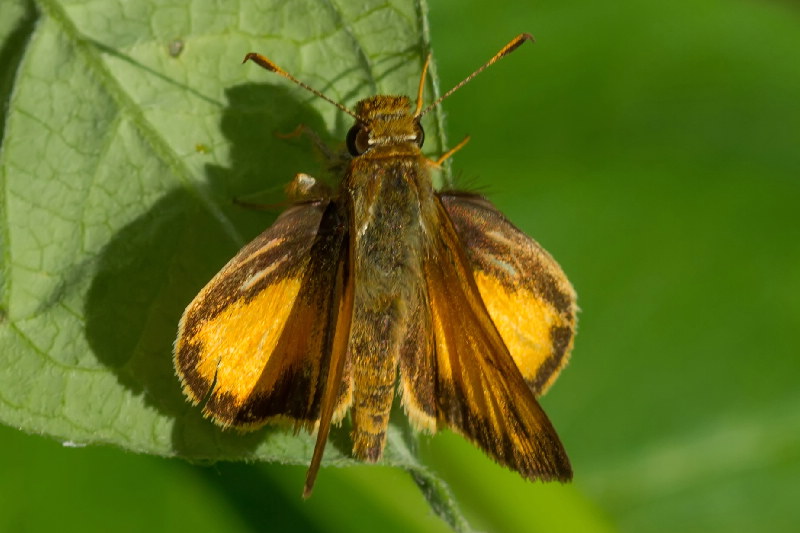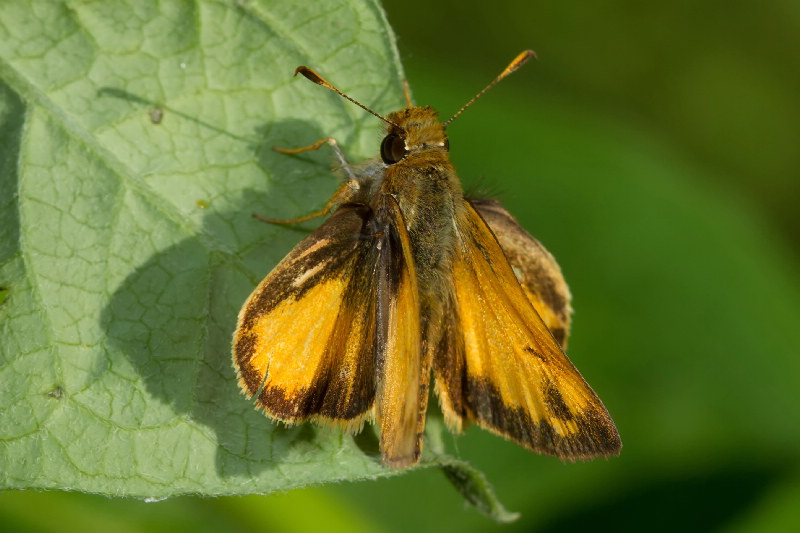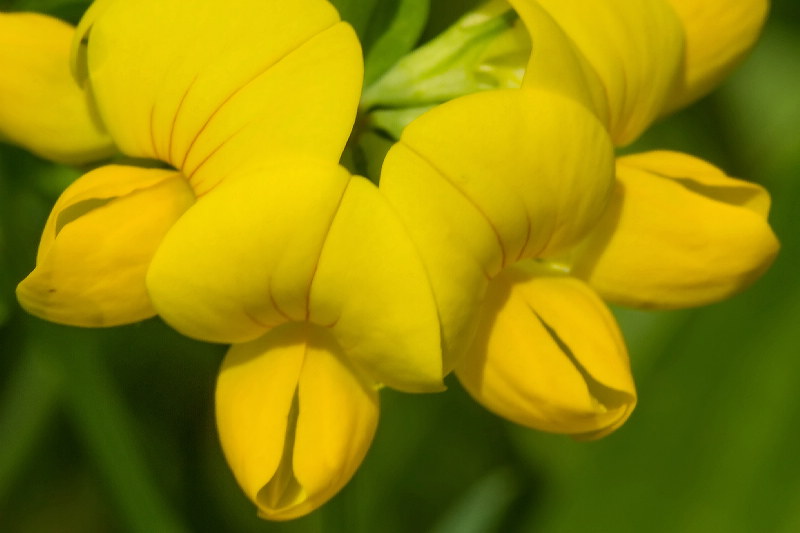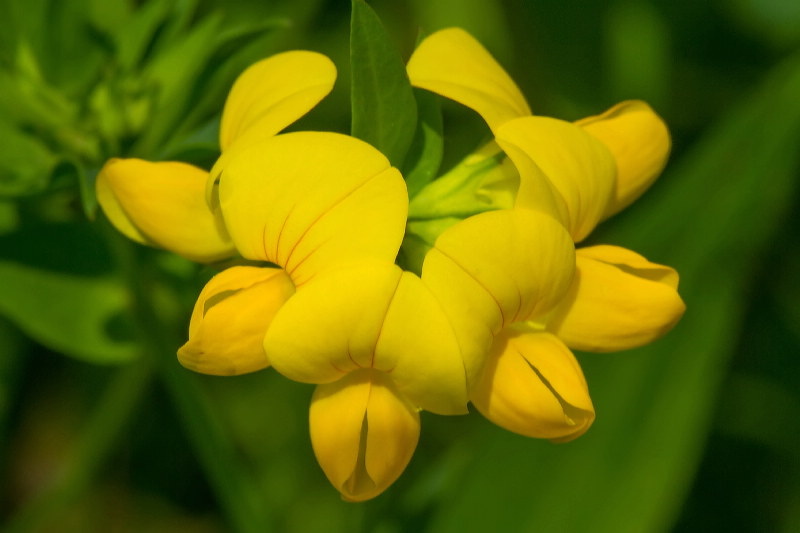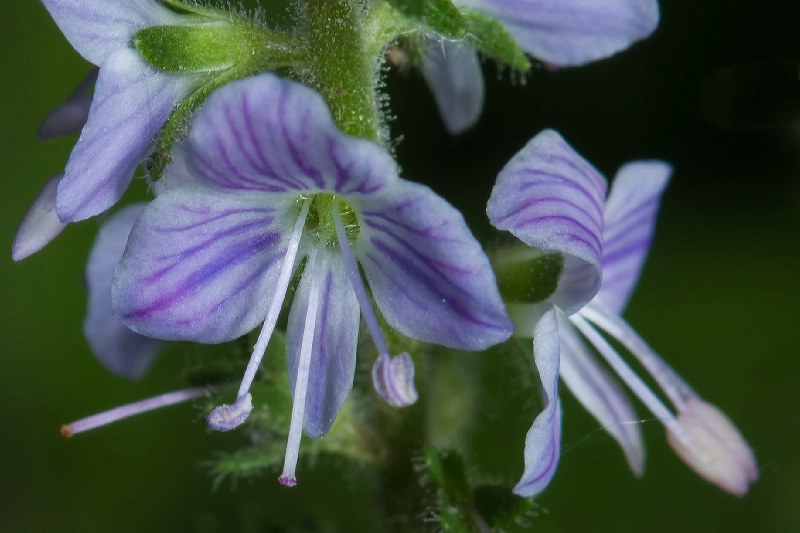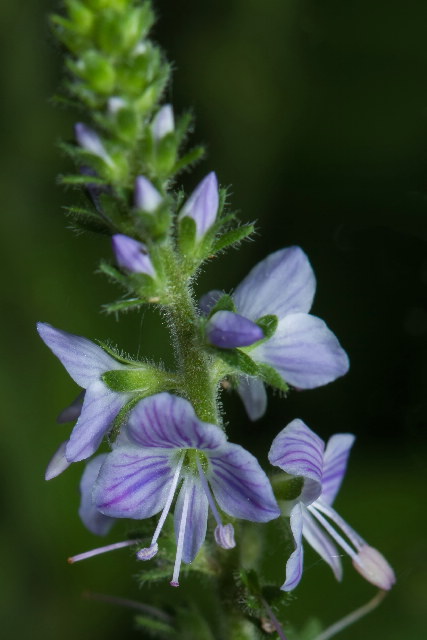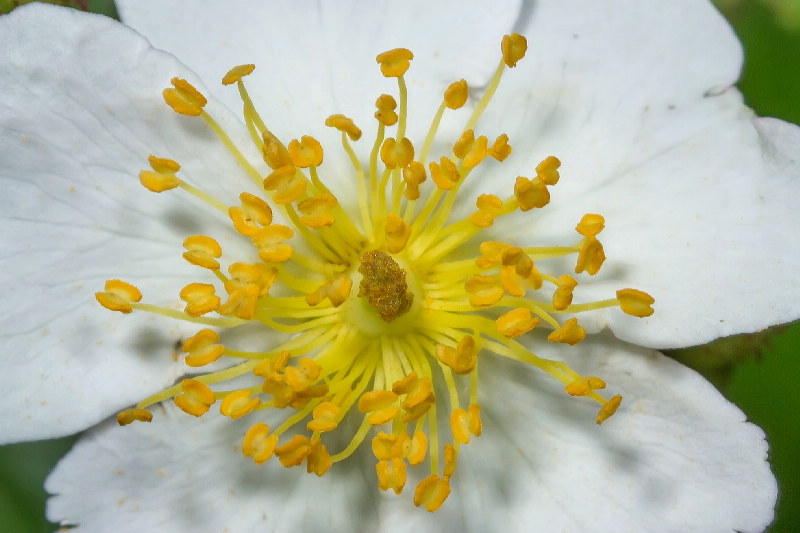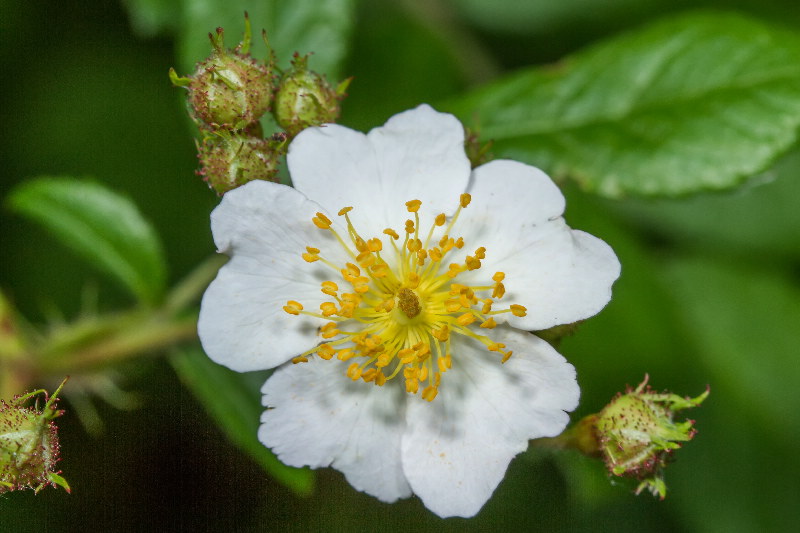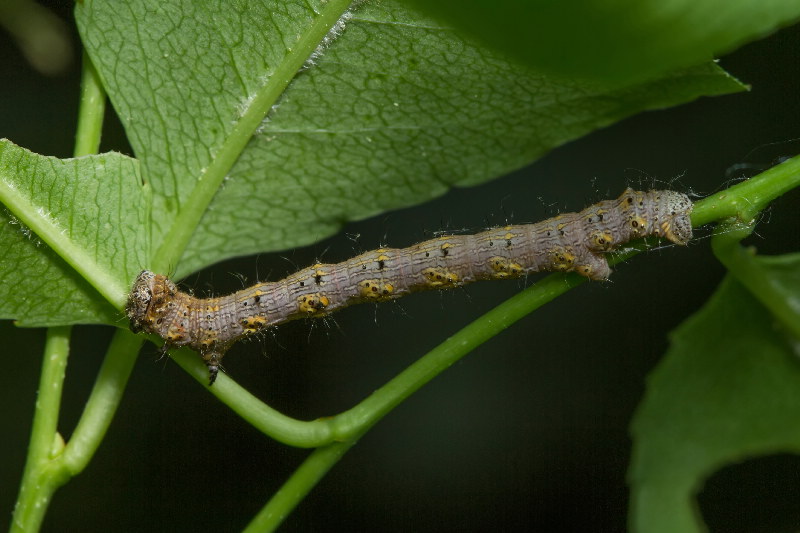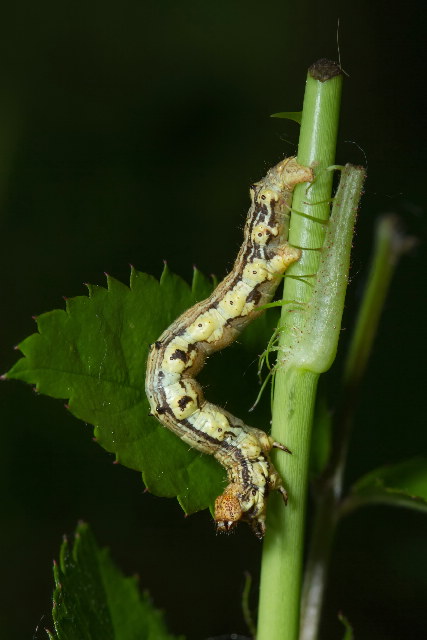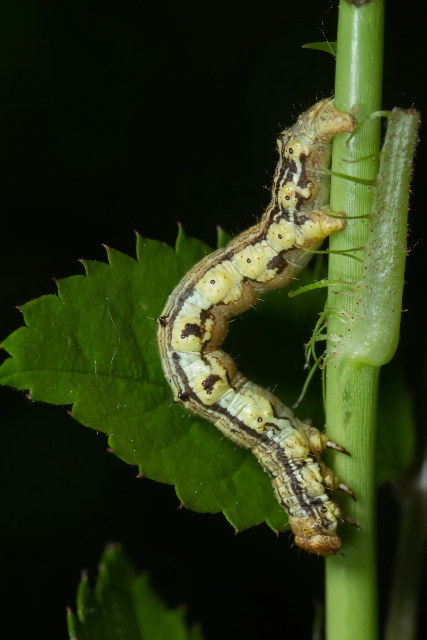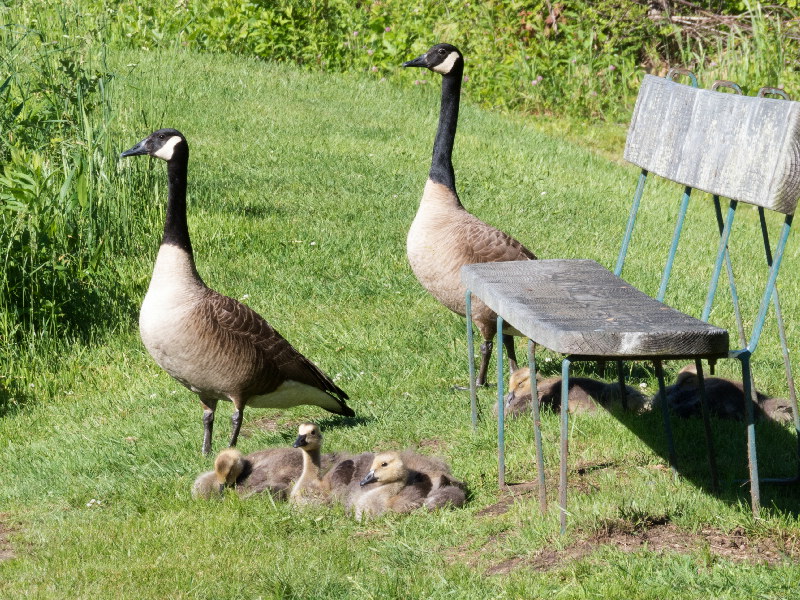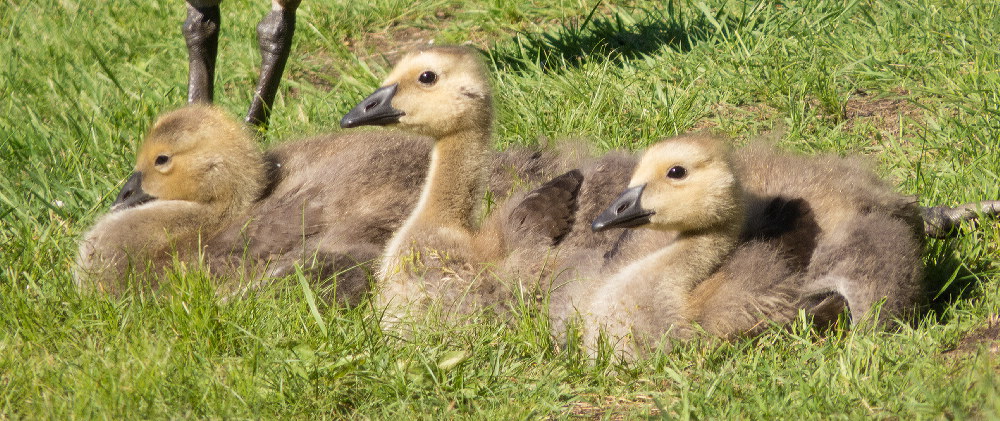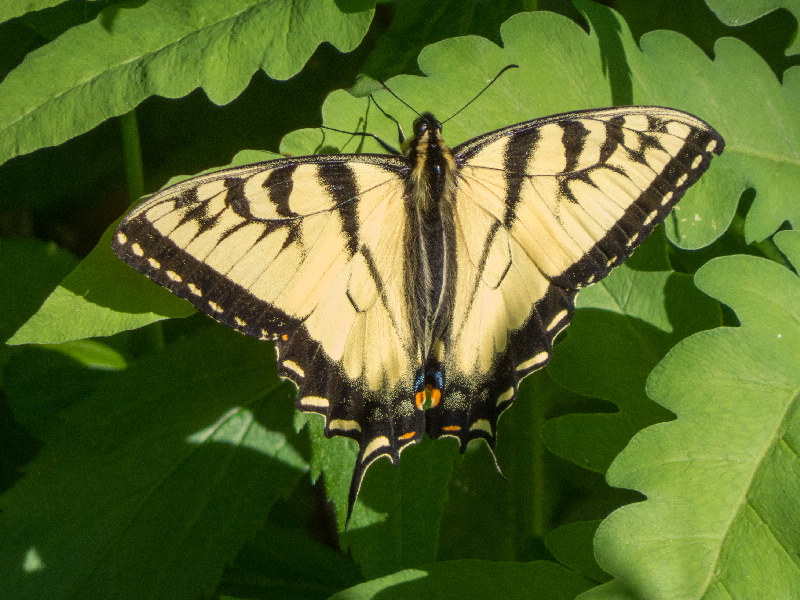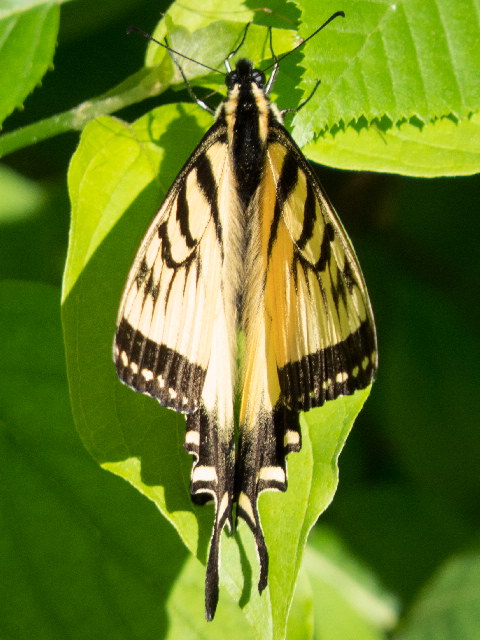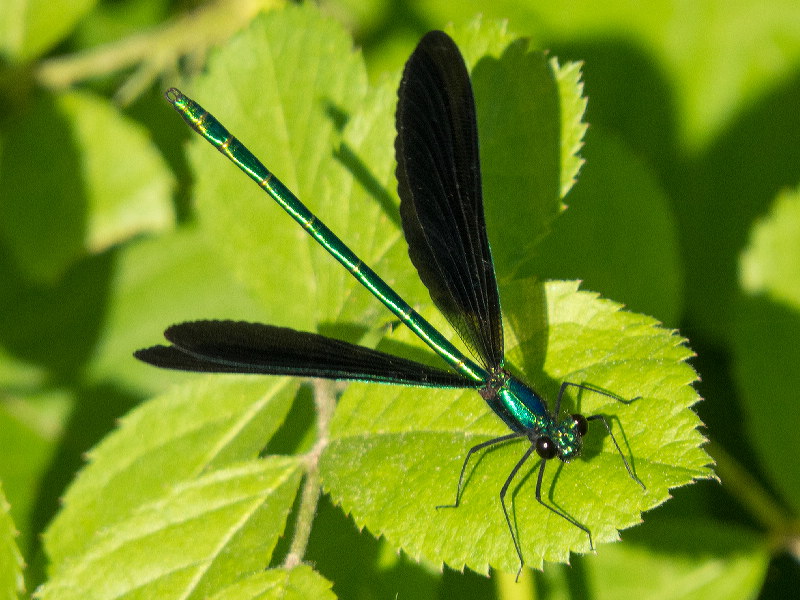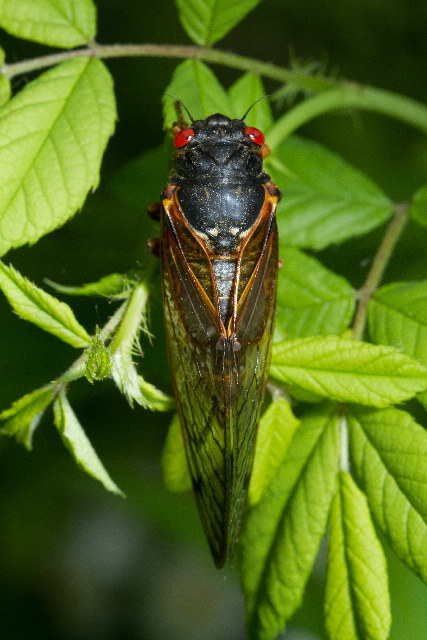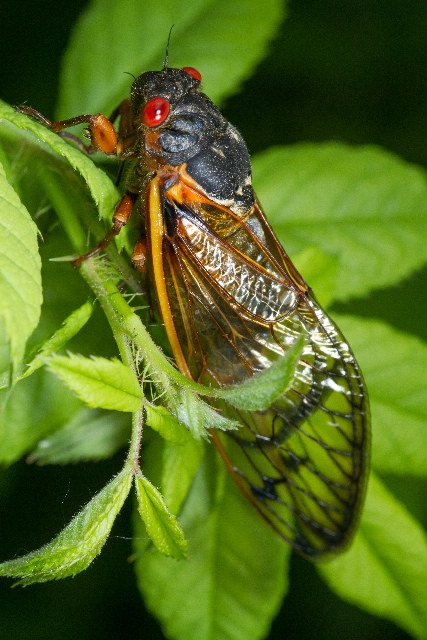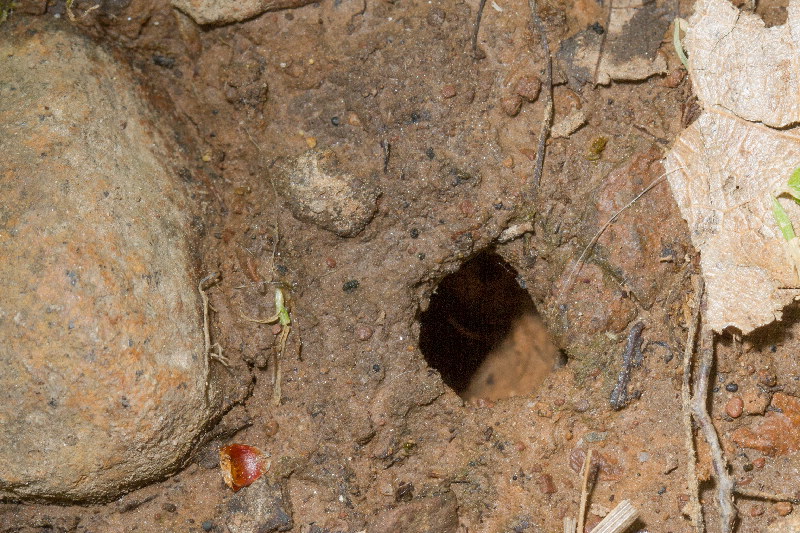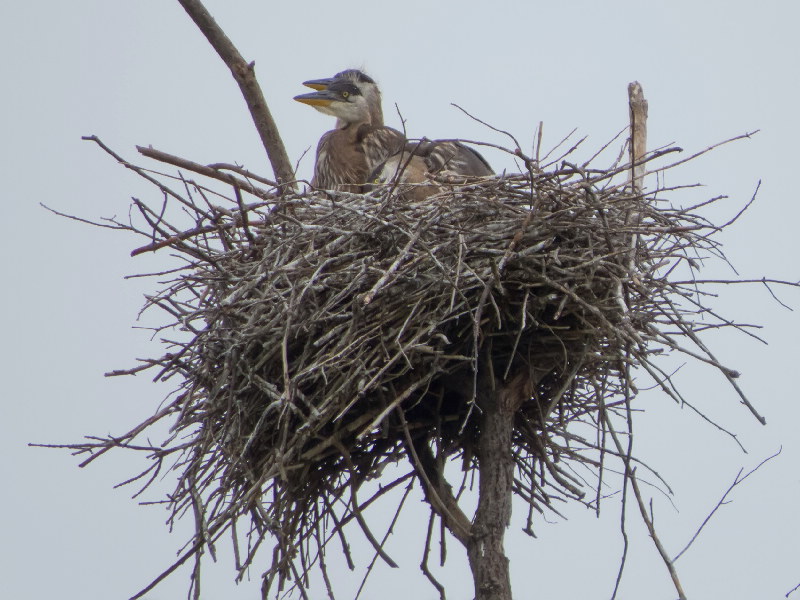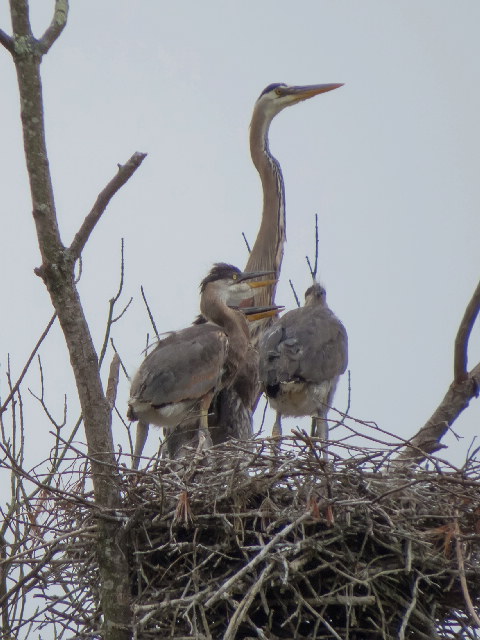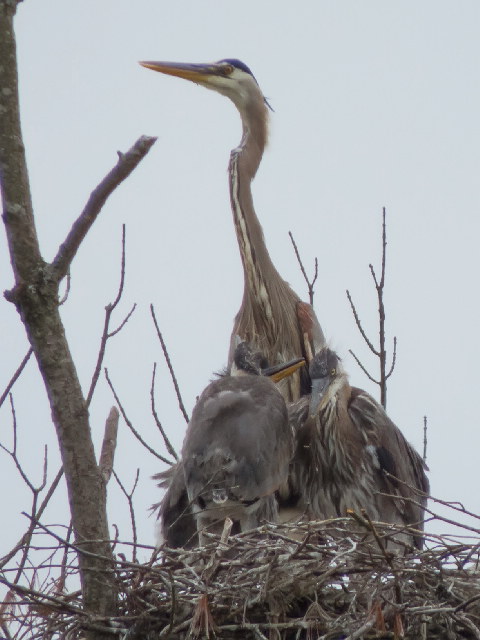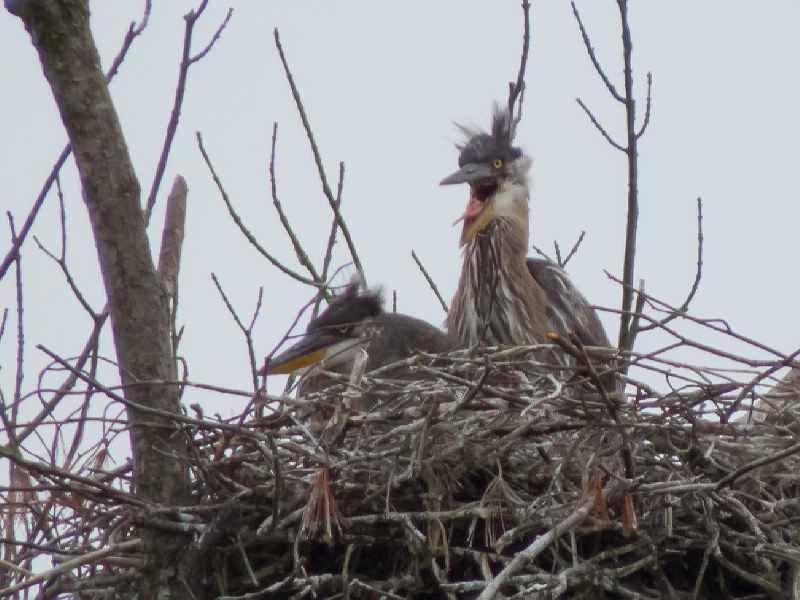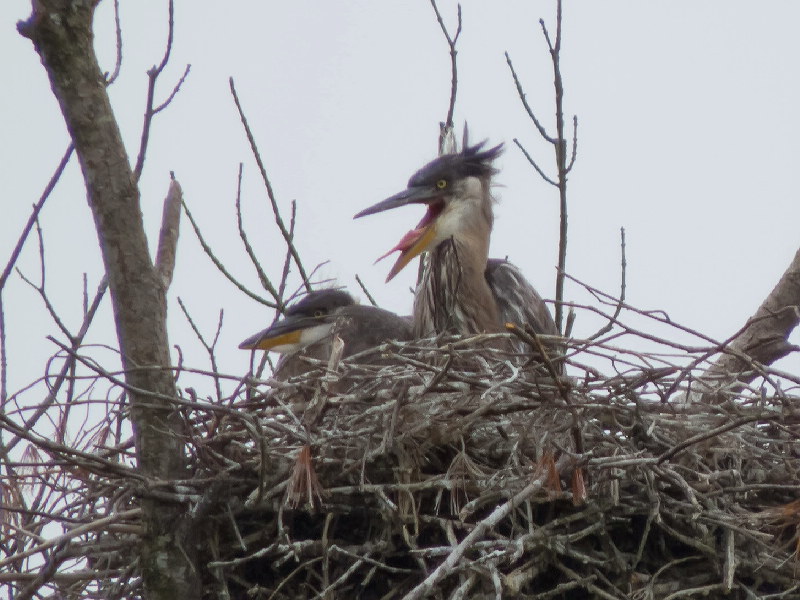Along the Air Line... 2013 - Spring, Part 12 The Air Line Trail in Eastern Connecticut - Stan Malcolm Photos |
mHome Page Stan's FlickR Albums |
June 1st. Blue-eyed Grass (Sisyrinchium sp.). |
|
Ox-eye Daisy (Chrysanthemum leucanthemum). |
Ox-eye Daisies attract lots of different bees. |
|
|
|
Hawkweeds host their share of bees too. |
A Metallic Wood-boring Beetle (Family Buprestidae; maybe Dicera sp.?). Nikola Rahme and Denis Keith of Hungary and France respectively confirm that this is a species of Dicerca. Thanks to them and the Friends of Coleoptera Facebook group hosted by the Natural History Museum, London. What remarkable resources are out there for nearly instant ID assistance! Far cry from when I was active in the field 30+ years ago. |
|
|
A Lichen Moth (Lycomorpha pholus). They resemble net-winged beetles. Caterpillars feed on lichen. |
A mature Eastern Tent Caterpillar (Malacosoma americanum). Long ago, they abandoned their silk nests in cherry trees. |
|
|
A Harvestman (Opiliones); neither insect nor spider, but in its own order of arachnids. |
Harvestmen have head, thorax, and abdomen combined into a single body region with a distinct "turret" housing two eyes atop the body. (The turret is black in this species.) |
Lesser Stitchwort (Stellaria graminea), a species of Chickweed. |
A Dewberry, I think: species of the genus Rubus are very diverse and include Raspberry and Blackberry. |
Yarrow (Achillea millefolium). |
June 2nd. Several Green Frogs (Rana clamitans) on the trail. |
Self portrait in a frog's eye. |
And another Green Frog. |
A Stinkpot or Common Musk Turtle (Sternothaerus odoratus), the first I've seen this year. |
Red-winged Blackbirds (Agelaius phoeniceus) search for insects on emergent objects and vegetation. Females are especially common seen hopping between lily pads and turning over the edges, looking for invertebrates. |
|
Lots of Looper (= inchworm) caterpillars around. This one was on cherry. My best guess is the Half-wing (Phigalia titea). |
|
|
Another Looper on the same cherry tree. Smaller, I'll guess it's an earlier instar of the Half-wing. |
Another looper a bit further down the trail. For now, I won't hazard a guess as to species. |
Hobomok Skippers (Poanes hobomok) prefers to perch in sunny spots of forest edges. |
This one was right at the Route 85 trail head in Amston. |
June 3rd. Birdsfoot Trefoil (Lotus corniculatus) near Cranberry Bog in East Hampton. |
|
A Speedwell (Veronica sp.). |
|
Multiflora Rose (Rosa multiflora) has just begun to bloom. |
|
June 4th. The second caterpillar on cherry from June 2nd has grown a bit and I'm comfortable calling it a Half-wing (Phigalia titea). |
Remarkably, the other looper I photographed on June 2nd is in the same genus, despite very different coloration. It's a Small Phigalia (Phigalia strigataria). |
It feeds on the new tender shoots of Multiflora Rose (Rosa multiflora), gnawing them down to bare stumps as you can see in these photos. |
An afternoon walk at Cranberry Bog in East Hampton. Glad to see that a Canada Goose family has survived there though the nest spot they've used in previous years is far less isolated and safe. |
|
June 5th. A Tiger Swallowtail (Papilio glaucus) soaking up the sun. |
|
|
A male Black-winged Damselfly or "Ebony Jewelwing" (Calopteryx maculata). These too love to perch in sunshine where they defend a territory. |
An afternoon excursion "off-trail" to see the emergence of 17-year Periodical Cicadas (Magicicada sp.) of Brood 2. This one among many was photographed at Hubbard Park in Meriden, CT. |
While I was on the fringe of an emergence, I could hear a loud chorus of males in nearby woods north of Route 691. Learn more. See a marvelous video. |
The Cicada nymphs emerge from soil through holes like this. |
June 6th. Grey skies made photography difficult at the Great Blue Heron roost in Lebanon. There are two active nests, each apparently with three "teen-aged" chicks. This is the nest on the left. |
I saw and was able to record video of a visit by an adult to the nest on the right. |
|
Again, lousy light, but view full-screen and I think it's tolerable. The clacking noise is made by the chicks. Sorry about the wind noise. |
|
|

